Microsoft BASIC, GW-BASIC and BASICA all use a prompt that looks like this:
I can't figure out how to exit any of these. Typing END does not exit them. EXIT, QUIT, Q, Ctrl+C, and everything else that I can think of also does not work.
I'm sure there's a way to do this. I can't imagine everyone who used BASICA on DOS had to restart their machine every single time they wanted to exit the development environment.
So, how do I exit from the old BASIC editor prompt?
